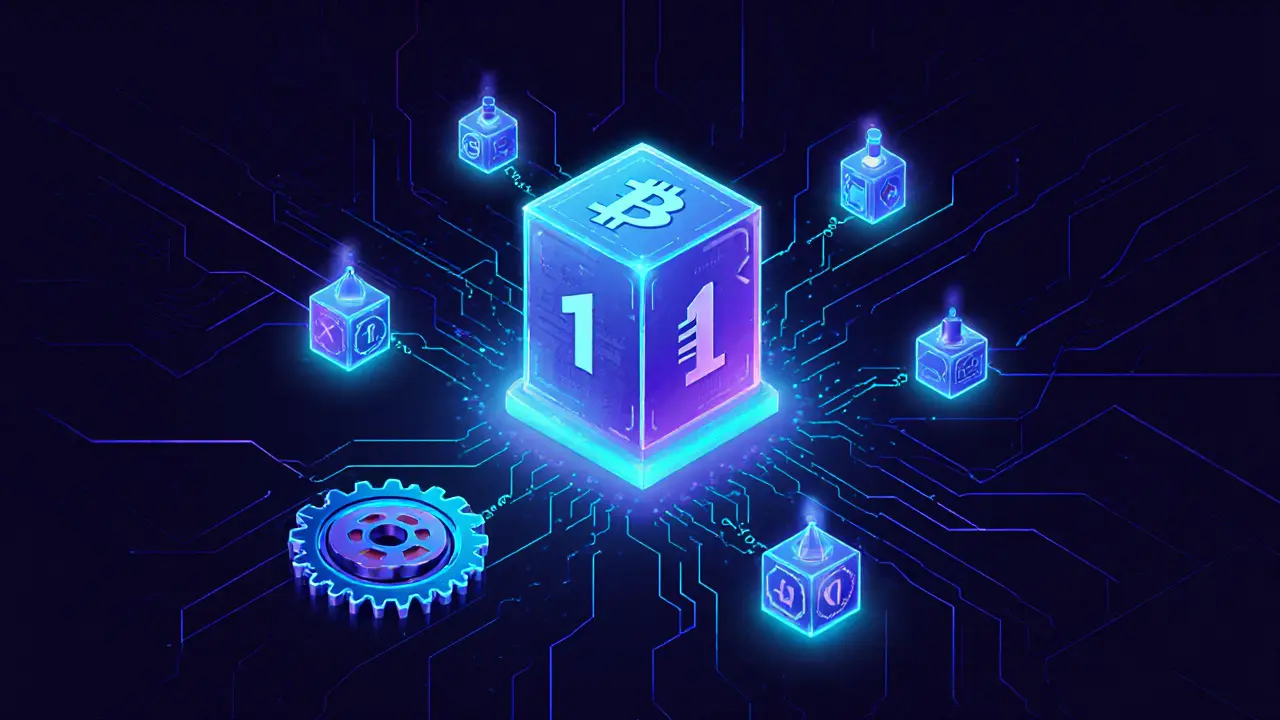Difficulty Adjustment Explained: Keeping Crypto Networks Stable
When working with difficulty adjustment, the algorithm that changes how hard it is to find a new block in a proof‑of‑work blockchain, miners and traders alike rely on predictable block intervals. In plain terms, difficulty adjustment is the network’s way of saying, “If too many computers are solving blocks fast, we’ll make it harder; if not enough, we’ll ease up.” This self‑balancing loop keeps the average block time steady, which is crucial for everything from transaction confirmation to token issuance.
The whole mechanism hinges on two key players: Crypto mining, the process where participants use computer power to solve cryptographic puzzles and secure a blockchain and the hash rate, the total computational power a network contributes to mining at any moment. When the hash rate spikes—say a new mining rig hits the market—the network sees blocks being mined faster than the target interval. In response, difficulty adjustment raises the puzzle’s complexity, slowing the pace back to normal. Conversely, a drop in hash rate because of regulatory bans or energy price hikes forces the algorithm to lower difficulty, ensuring blocks don’t crawl forever.
Why Difficulty Adjustment Matters for Regulators and Investors
Regulators keep a close eye on mining because it consumes real‑world resources. For instance, China’s mining ban altered global hash rate dramatically, prompting an immediate difficulty reduction across major coins. Such moves illustrate a semantic triple: Regulatory bans affect mining hash rate, which in turn triggers difficulty adjustment. Understanding this chain helps investors anticipate price swings when governments announce new policies. It also explains why exchange reviews—like those for Bitroom or Koinde—often discuss how a platform’s listing policies may be influenced by underlying mining health.
Another practical angle is security. A network with too low a difficulty can become vulnerable to attacks, while excessively high difficulty discourages participation, leading to centralization. This relationship—Difficulty adjustment ensures blockchain consensus stays secure and decentralized—is the cornerstone of proof‑of‑work design. Projects that ignore the balance, such as low‑quality airdrop tokens, may see their price collapse once difficulty spikes, leaving holders with little value.
For everyday miners, tracking difficulty charts is as essential as monitoring electricity costs. When difficulty rises, the break‑even point shifts; some miners may shut down, causing a hash rate dip and a subsequent difficulty drop—a feedback loop that can be profitable if timed right. Tools that display real‑time difficulty, like those featured in our exchange reviews, give an edge to savvy participants.
From a developer’s perspective, difficulty adjustment informs protocol design. New chains often tweak the adjustment interval—Bitcoin does it every 2016 blocks, while newer coins may choose shorter windows to react faster to hash rate changes. This choice influences how quickly a network can absorb sudden influxes of mining power or recover from attacks, tying back to the broader concept of blockchain consensus.
In short, difficulty adjustment is the invisible hand that keeps block creation predictable, mining profitable, and networks secure. Below you’ll find a curated list of articles covering everything from licensing hurdles for mining operations to token‑specific analyses, exchange safety reviews, and the latest regulatory sandbox programs. Dive in to see how each piece fits into the larger puzzle of crypto mining and network stability.

How to Calculate Mining Difficulty in Bitcoin and Other Cryptocurrencies
Sep 10, 2025, Posted by Ronan Caverly
Learn how mining difficulty is calculated, why it changes, and what it means for Bitcoin miners. Get formulas, examples, and a practical checklist.
MORESEARCH HERE
Categories
TAGS
- decentralized exchange
- crypto exchange review
- cryptocurrency
- crypto coin
- CoinMarketCap airdrop
- smart contracts
- tokenomics
- cryptocurrency exchange safety
- crypto exchange
- cryptocurrency airdrop
- crypto airdrop
- cryptocurrency exchange
- crypto airdrop guide
- blockchain token distribution
- DeFi
- crypto exchange scam
- crypto airdrop 2025
- Ethereum
- cross-chain interoperability
- ERC-20
